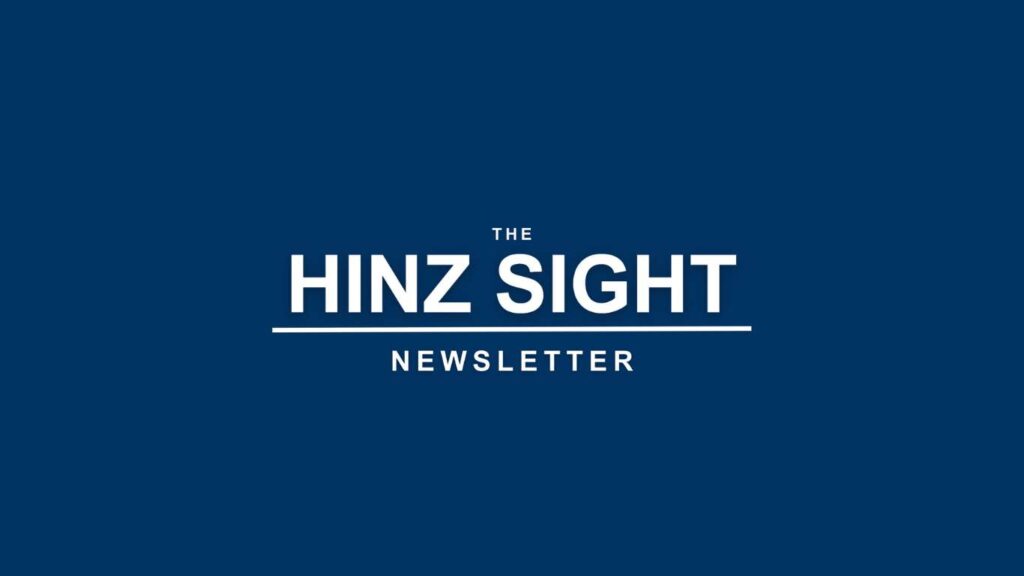How Understanding Evaluation Factors Improves Federal Proposal Scoring

One of the most overlooked aspects of proposal development is the ability to accurately interpret how the Government intends to score the submission. Every federal opportunity includes clear criteria in Section M or equivalent evaluation instructions, yet many contractors fail to fully leverage these details. This is where effective evaluation factor interpretation becomes a strategic […]
Understanding the Performance Work Statement and How It Shapes Federal Proposal Strategy

In federal contracting, the Government defines what needs to be achieved, why the work matters, and how success will be evaluated. These requirements influence capture planning, pricing development, staffing structures, and the technical approach. For GovCon teams, the ability to analyze these requirements thoroughly is one of the most reliable ways to improve proposal quality […]
Volume 103

Explore Volume 103 of Hinz Consulting’s newsletter. Contact Hinz Consulting to learn more information about government.
The Proposal Validation Framework: How GovCon Teams Strengthen Evaluation Scores

Federal proposal environments change quickly. Requirements shift, SMEs refine inputs, and pricing models evolve while deadlines stay fixed. In this environment, even highly capable teams lose points not because the solution is weak, but because preventable inconsistencies and compliance gaps slip through. A structured proposal validation framework gives organizations a reliable method to safeguard quality, […]
Bid Narrative Engineering for High-Scoring Federal Proposals

Federal evaluators score proposals under strict time limits, complex requirements, and detailed scoring frameworks. Contractors who understand this reality know that narrative matters just as much as technical capability. Bid narrative engineering is the practice of designing proposal content intentionally — not as general writing, but as structured, scoring-aligned communication that guides evaluators, reduces cognitive […]
Capture Maturity Assessment for Stronger Win Strategies

In federal contracting, success is not determined when the proposal is written — it is determined well before the solicitation is released. High-performing contractors rely on disciplined processes that guide their capture efforts with consistency, visibility, and strategic alignment. A capture maturity assessment helps organizations evaluate the strength, reliability, and repeatability of their capture practices. […]
Proposal Strength Modeling to Increase Federal Evaluation Scores

Federal evaluators award strengths only when a proposal demonstrates clear benefits, measurable results, and reduced performance risk. Yet many contractors struggle to translate capabilities into scoring language that evaluators can cite. Proposal strength modeling provides a structured approach for identifying and articulating strengths that are aligned with evaluation criteria and agency priorities. Instead of relying […]
Contract Lifecycle Optimization for Contract Performance

Winning a federal contract is only the beginning. Long-term success depends on how effectively a contractor manages performance from award through closeout. Contract lifecycle optimization supports that effort by ensuring every stage of the contract — planning, transition, execution, reporting, and renewal — operates at peak performance. With agencies expecting higher accountability, stronger reporting, and […]
Proposal Knowledge Retention for Long-Term Success

Federal proposal development is time-intensive, costly, and strategically demanding. Yet many organizations fail to capture the valuable insights, content, and lessons generated during each pursuit. When proposal teams must rebuild from scratch each time, they lose efficiency, weaken consistency, and forfeit competitive intelligence. This is where proposal knowledge retention becomes essential. Proposal knowledge retention enables […]
Agency Mission Mapping for Federal Proposal Alignment

Federal evaluators do not judge proposals only on technical accuracy — they assess whether a contractor understands the agency’s mission and can deliver solutions that support long-term objectives. Agencies want partners, not vendors. Agency mission mapping is the discipline of aligning proposal content, capture strategy, and solution design to the core mission, values, and operating […]
